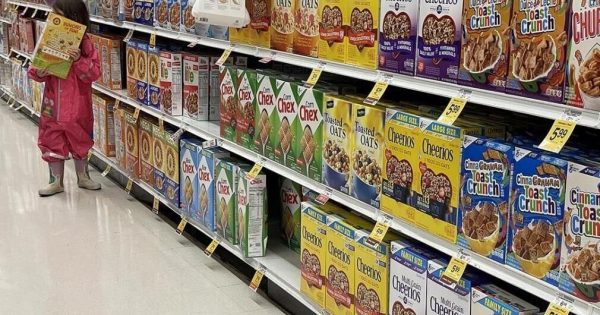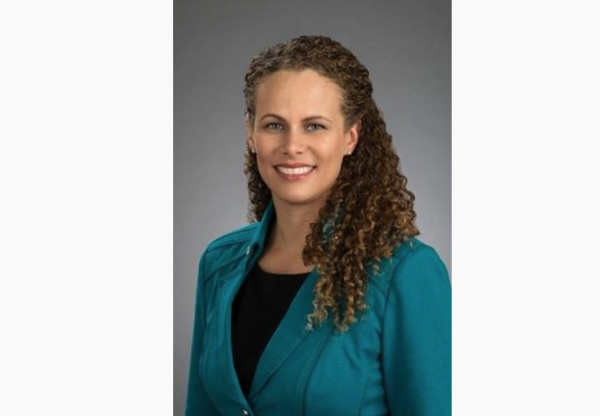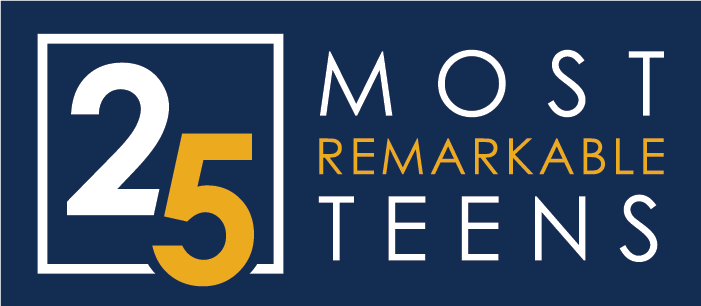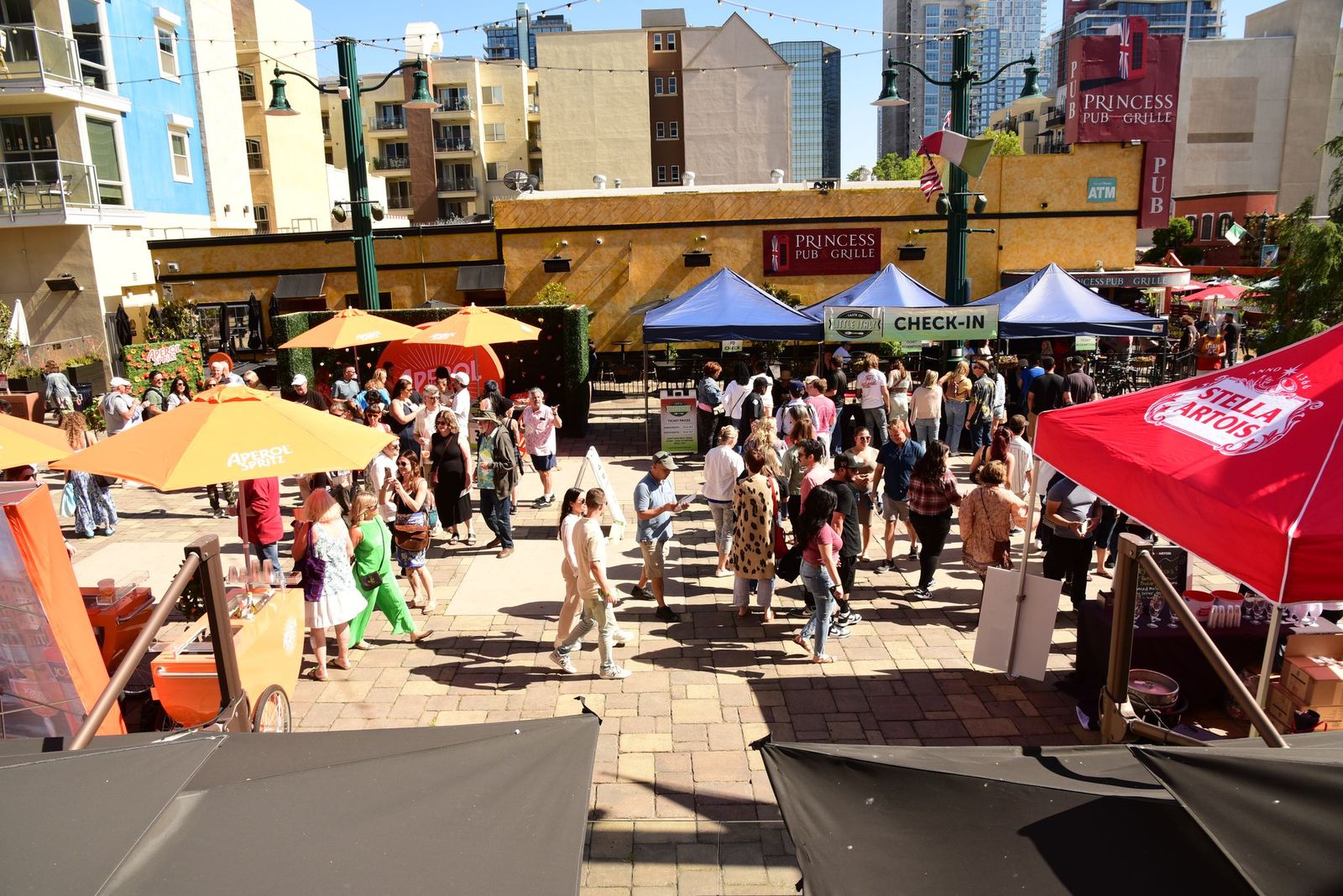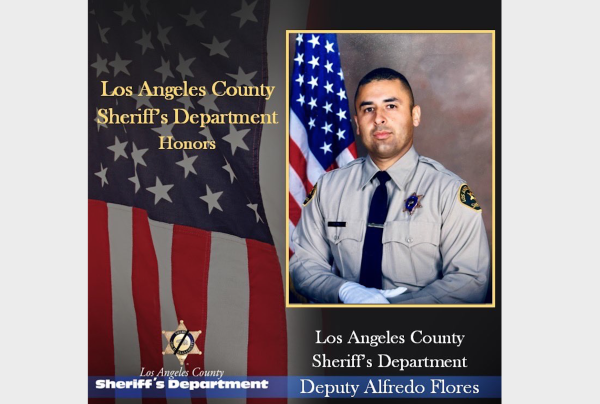Mollie Eppers tried for years to give students experiencing homelessness prepaid grocery cards that would allow their families to shop for food.
But the student services specialist in Juneau, Alaska, couldn’t devise a system that would satisfy the spending rules for both her local school district and the federal program that helps homeless students.
So when Congress sent schools COVID-19 aid for homeless students with fewer restrictions, Eppers knew her first order of business: Get the grocery cards.
As reported on Chalkbeat, she found a local Safeway that accepted prepaid cards, then bought them in bulk. Families can get $100 to $200 worth of cards at a time, depending on how many kids they have.
The aid has made it easier for families sleeping in their cars or who don’t have a stove to choose foods they can eat. That’s been especially helpful as Alaska works through a huge backlog of applications for food benefits that left many families waiting months to get aid.
“It’s been a lifesaver,” said Eppers, who’s spent $25,000 on grocery cards so far, and plans to buy more. “They don’t have anywhere else to go.”
Across the country, Eppers and other school staff are doing things to help homeless students that they’ve never been able to do before. That’s in part due to the size of the aid package. But it’s also because federal education officials said explicitly that schools could spend this money on items like prepaid store cards, gas cards, and cell phones that schools were often reluctant to buy in the past for fear of running afoul of various spending and record-keeping rules.
That means more schools are providing families with direct aid that allows them to choose which foods, clothing, and other supplies will best meet their children’s needs. It’s one more way that schools have stretched beyond their typical rolesand used pandemic assistance to help families in dire straits in new ways.
But schools might stop doing this soon — unless federal officials spell out that other funds can be used like this, too.
“You can provide somebody a pair of shoes, but if you say: ‘Here’s a store card, pick out the shoes for your child that your child will wear,’ there is a sense of dignity, and there’s also a sense of agency,” said Barbara Duffield, executive director of the nonprofit SchoolHouse Connection, which recently gathered data on how often schools are spending COVID-19 aid in this way. “And what that has translated to is trust and engagement. A store card is much more than a store card.”
Schools used to face more limits on helping students
In a survey of more than 1,400 school liaisons earlier this school year, SchoolHouse Connection found that 40% had purchased gas cards for families and 34% had bought store cards. That was double the share who planned to purchase cards when the nonprofit did a similar survey in 2021.
“These unusual uses may be the very ones that are the most impactful and strategic in meeting broader goals of increasing enrollment, attendance, and performance,” the report concludes.
In Washington state, one liaison said gas cards were now among the top-requested forms of assistance by families. The offering made families feel heard and open to more collaboration, the liaison wrote on the survey.
In Rhode Island, another liaison said that it had been a “huge plus” to give families store cards so they could buy sneakers and underwear. “I would argue that being able to make their own selections is better for the kids, physically and emotionally,” the liaison wrote.
In the past, some schools did provide this kind of assistance to homeless students. But Duffield said it often boiled down to a judgment call. The federal education law that outlines the rights of homeless children, the McKinney-Vento Act, says that schools can provide “extraordinary or emergency assistance” to make sure homeless kids can attend school and participate in school activities.
While some schools interpreted that to include prepaid store cards, many other districts or states didn’t allow schools to buy store cards. Officials worried about how they would show the cards benefitted a particular student, Duffield said, and some feared giving away prepaid cards could be ripe for misuse or fraud — a long held, and often misplaced, complaint among critics of public assistance programs.
For that reason, Duffield and others are calling on the federal government to issue guidance saying that schools can use McKinney-Vento funding in the same ways that were permissible with the COVID-19 aid.
“Having clear federal guidance saying that you can, that then shapes what a state allows,” Duffield said. Getting something in writing is key, because many school business officers will ask: “Where does it say that?”
How cell phones and car repairs help students
Still, school liaisons like Eppers say they’re taking lots of precautions. The grocery cards Eppers hands out to families don’t allow for the purchase of alcohol or tobacco, and she locks up the cards in her office to keep them safe. Families have to sign for each grocery card, too.
“I don’t want anything to come between my ability to provide that to the students,” she said.
In the suburbs of Madison, Wisconsin, Claire Bergman used COVID-19 aid to buy five cell phones with internet hotspots for homeless teens who live on their own without the support of their parents. Each month, the Sun Prairie Area School District pays their phone bills.
The new initiative has helped social workers stay in touch with students who tend to move around a lot and may be parents themselves. That’s helped ensure their ride to school shows up in the right place and that students are connected with child care.
The phone hotspots enable unaccompanied teens to use the internet on their school-provided Chromebooks, so they can do their homework wherever they’re staying. And the district also allows the teens to download certain social media apps so they can stay in touch with classmates — an added benefit for kids who often feel isolated from their peers.
“The phones have really opened up lines of communication and supported attendance efforts,” Bergman said. That success has helped Bergman make the case that the district should keep paying for cell phones when the COVID-19 aid is gone.
“Our business office has been really open to exploring different opportunities and understanding the connection piece of the phones,” she said. “Once these funds run out, it will be a little bit more of a: ‘Is this really a priority?’ question.”
In North Dakota’s Bismarck Public Schools, COVID-19 relief funding has allowed Sherrice Roness to make more “outside the box” purchases that she is hoping to continue, too.
With COVID-19 aid, the district now covers up to $500 in critical car repairs, such as fixing brakes or power steering. It’s a strategy advocates for homeless youth say can be more cost-effective than paying for a bus pass or taxi, and it has the added benefit of helping families get to work and doctor’s visits, in addition to taking their children to school.
“It gives them that pride of: They’re able to do that — provide that normalcy for their kids,” Roness said.
Roness has also paid for children’s medication for attention deficit hyperactivity disorder when a family’s insurance has lapsed, and she purchased a post office box so a 17-year-old who was no longer living with her parents could still get her college and financial aid letters in the mail.
When unique needs like that pop up, Roness said, it’s made a big difference to be able to tell students: “You know what? I can help you with that.”
Written by Kalyn Belsha for Chalkbeat. This story was retitled and copy edited from its original version.
Re-published with CC BY-NC 4.0 License.

